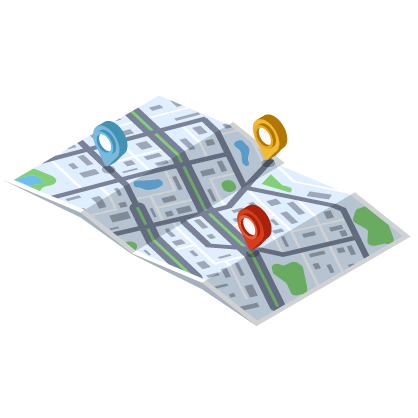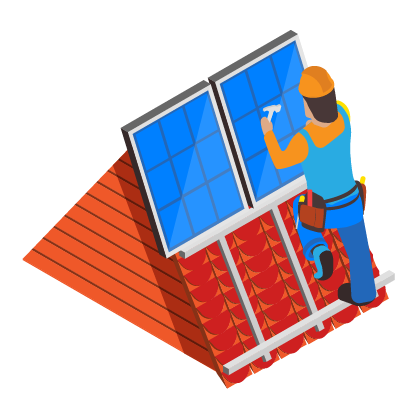4 Factors That Can Affect Solar Panel Production
Not all solar panels are created equal. Power ratings, efficiency ratings, and degradation rates are just a few of the qualifications that set solar panels apart from one another. While this is true, there are a variety of other real-world factors that determine how much energy your system will produce throughout the year.
Tilt, orientation, latitude, and climate can have major impacts on a solar system’s performance so if you are planning to offset your electric bill with solar it is important to understand how these factors can impact solar production.
The Tilt of Solar Panels and the Effect on Solar Panel Production
The tilt of your solar panels can have a major impact on the overall output of your system. Ideally, you would want to adjust the tilt of your panels throughout the year because the sun is higher in the summer and lower in the winter. However, systems that track the sun are more expensive and require maintenance because they have moving parts. Every fixed tilt system has an optimal angle where it will make the most out of each season, and, while a few degrees may not make a drastic difference in efficiency in a single year the difference over the lifetime of the system could be much more substantial.
Related reading: How To Choose Solar Panels for Your Home
Can Latitude Affect Solar Panel Production?
Latitude also has a major impact on solar system production. Systems installed at higher latitudes will yield lower production numbers  throughout the year due to the tilt of the earth as it spins on its axis. A homeowner going solar in the northeastern United States will require a larger system to offset their bill than a homeowner in the southwest. Unless you are willing to relocate, there is not much you can do to improve your system’s performance when it comes to latitude other than anticipating diminished production and size accordingly.
throughout the year due to the tilt of the earth as it spins on its axis. A homeowner going solar in the northeastern United States will require a larger system to offset their bill than a homeowner in the southwest. Unless you are willing to relocate, there is not much you can do to improve your system’s performance when it comes to latitude other than anticipating diminished production and size accordingly.
Solar Panel Placement and the Effect on Production
Where you place modules on your roof can have a major impact on production as well. The best direction to position your modules is south facing, with the second best being west and the third option being east. North facing roofs can provide enough production in some cases to make it worthwhile to install panels, but more often than not north facing azimuths are not recommended. While you cannot control how much roof space is available to each azimuth you can be strategic about how you use your available roof space to optimize the production of your system.
How Does Climate Affect Solar Panel Production?
Climate can also have major impacts on a system’s performance. For example, there is a common misconception that modules will produce less in cold environments. In fact, the opposite is true. Heat is the enemy of efficiency, and cold environments can keep solar systems from overheating and losing efficiency. Furthermore, snow is reflective and concentrates sunlight improving overall irradiance. So as long as you keep the snow from burying your modules, your system will benefit substantially from the cold environment. Understanding how your environment will impact your system from season to season is of paramount importance when designing a solar system to meet your energy requirements.
Knowing what factors affect solar panel production is important to ensure that you get the most savings possible out of your system. If you have any other questions about solar panel production or would like to speak with one of our trusted solar educators, please call (888) 454-9979.











